Latest Articles
-
Mar- 2022 -11 MarchSpace
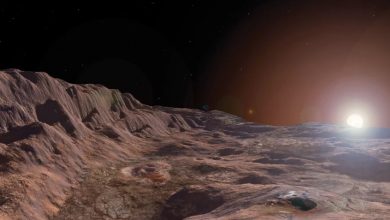
The Art of Becoming a Multi-Planetary Species: Can Humans Live on Mercury?
“Welcome to Kandinsky Station! The hour is 06:00 AM Mercury Standard Time (MST), and the local temperature is a balmy 180 K! We hope you had a pleasant journey to the surface via the Spindle, Mercury’s shining tether to space! “We also hope that you have acclimated to the local gravity. If you are traveling from a low-g point of origin, we recommend you consult the data provided in your virtual pamphlet. If you feel any symptoms of ‘gravity sickness’ please seek immediate medical help. “Our final destination is Terminator City, where you will be transported in extreme comfort to…
Read More » -
10 MarchEnergy
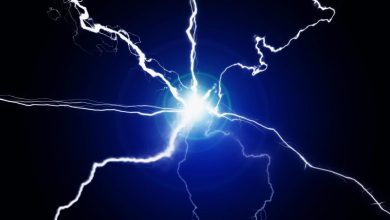
Thermonuclear Fusion in a Sheared-Flow Z-Pinch: Advancing Another Viable Pathway to Fusion Energy
In findings that could help advance another “viable pathway” to fusion energy, research led by Lawrence Livermore National Laboratory (LLNL) physicists has proven the existence of neutrons produced through thermonuclear reactions from a sheared-flow stabilized Z-pinch device. The researchers used advanced computer modeling techniques and diagnostic measurement devices honed at the Lab to solve a decades-old problem of distinguishing neutrons produced by thermonuclear reactions from ones produced by ion beam-driven instabilities for plasmas in the magneto-inertial fusion regime. While the team’s previous research showed neutrons measured from sheared-flow stabilized Z-pinch devices were “consistent with thermonuclear production, we hadn’t completely proven…
Read More » -
9 MarchAstronomy
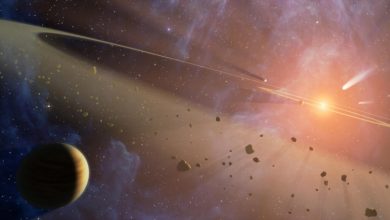
The Art of Becoming a Multi-Planetary Species: Could humans live in the Asteroid Belt?
Lead Image: An artist’s concept of the closest known planetary system to our own-Epsilon Eridani. NASA/JPL-Caltech Welcome back to our ongoing “Interplanetary Series.” In our previous instalments, we looked at what it would take to live on Mercury, Venus, the Moon, and Mars. Today, we take a look at the Main Asteroid Belt. This massive region of space contains several large bodies that could one day be settled by human beings. For decades, futurists and theorists have pondered the idea of establishing a permanent human presence and infrastructure in the Asteroid Belt. Its abundant resources and the fact that it…
Read More » -
8 MarchMoon
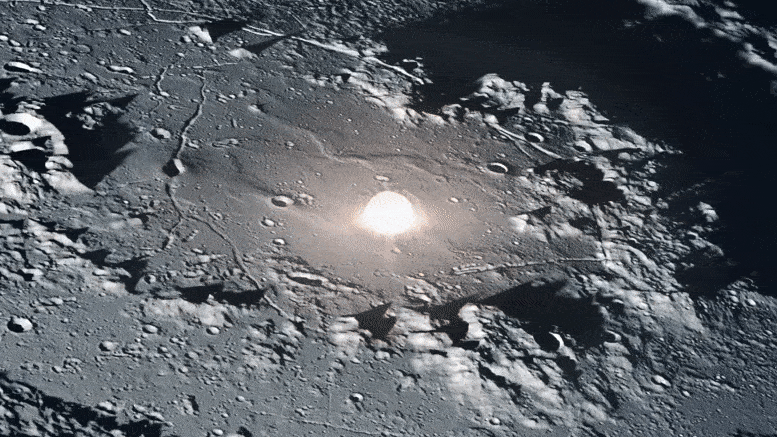
Space Junk Just Crashed Into the Far Side of the Moon at 5,800 MPH
Artist’s animation of a rocket booster crashing into the moon. Observers have been tracking a chunk of space junk, waiting for it to strike the Moon. It should’ve hit the far side of the Moon, and hopefully, orbiters will have images of the impact site, though that might take a while. The origins of the junk are in dispute. Some say it’s a spent booster from a Chinese rocket. Others say it’s from a SpaceX rocket. So far, nobody is claiming it. Bill Gray was the first one to spot the object. Gray writes the Project Pluto software that tracks…
Read More » -
8 MarchAstronomy
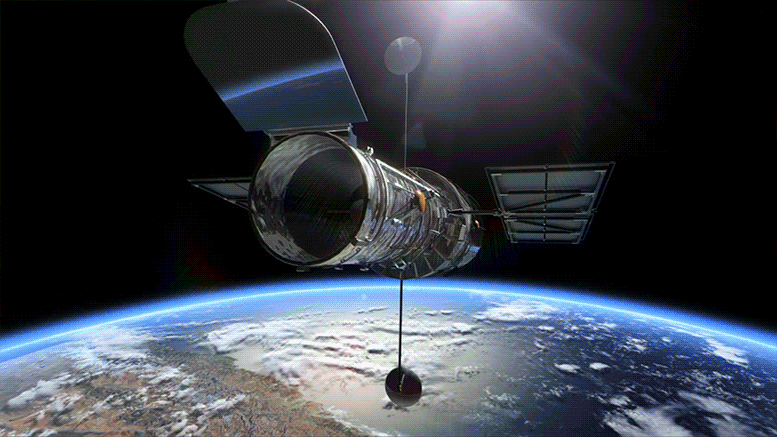
Hubble Space Telescope’s ACS Celebrates 20 Years of Ground-Breaking Discovery
Lead Image: Hubble’s Advanced Camera for Surveys Celebrates 20 Years of Discovery. Credit: NASA The ACS continues to deliver ground-breaking science. When astronauts installed the Advanced Camera for Surveys (ACS) on March 7, 2002, the Hubble Space Telescope was already famous for taking deep images of the distant universe. ACS went even deeper, pushing humanity’s view of the universe back to within 435 million years of the Big Bang and capturing images of the earliest objects in the cosmos. It also helps map the distribution of dark matter, searches for massive planets and studies the evolution of clusters of galaxies.…
Read More »










